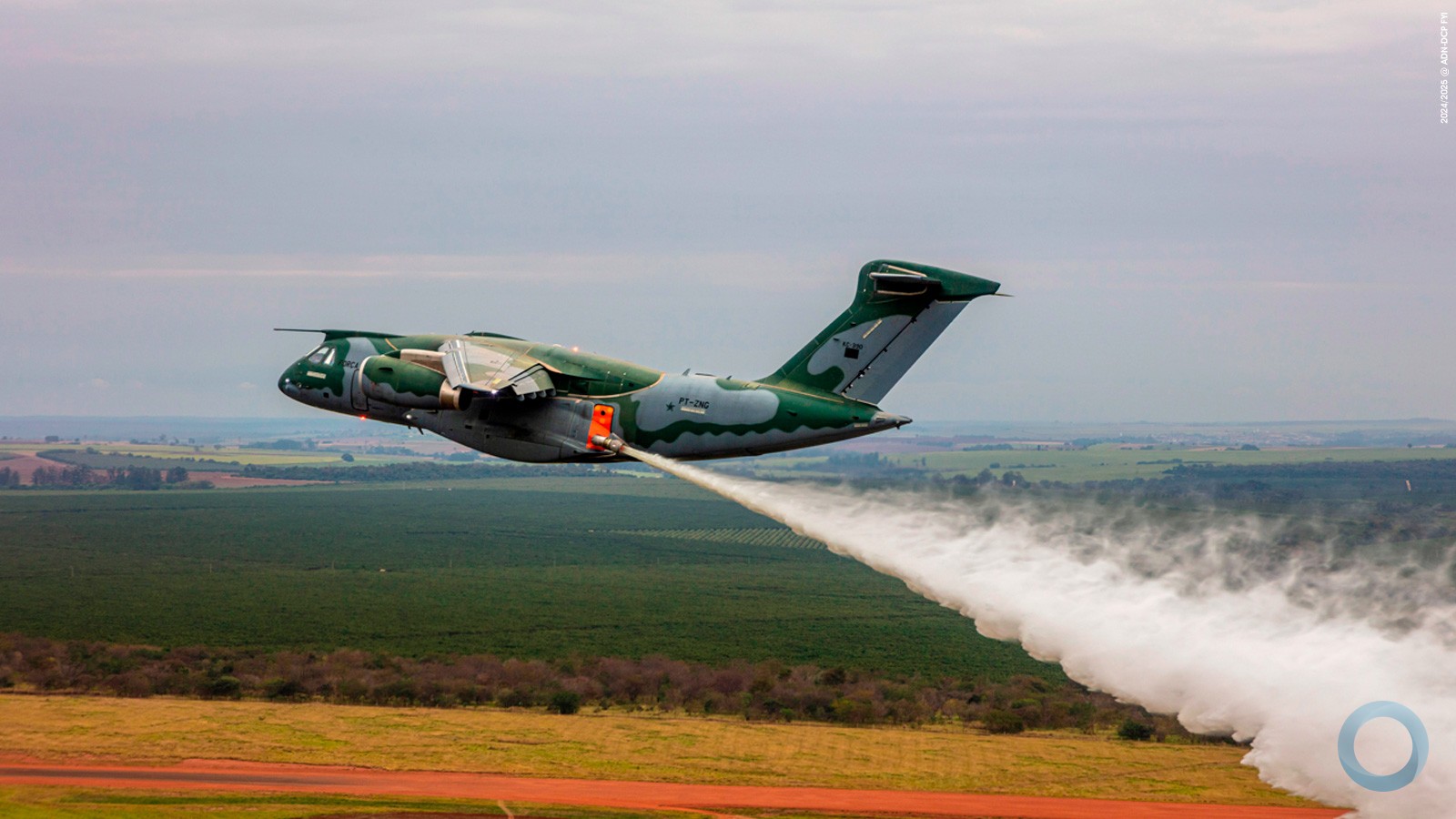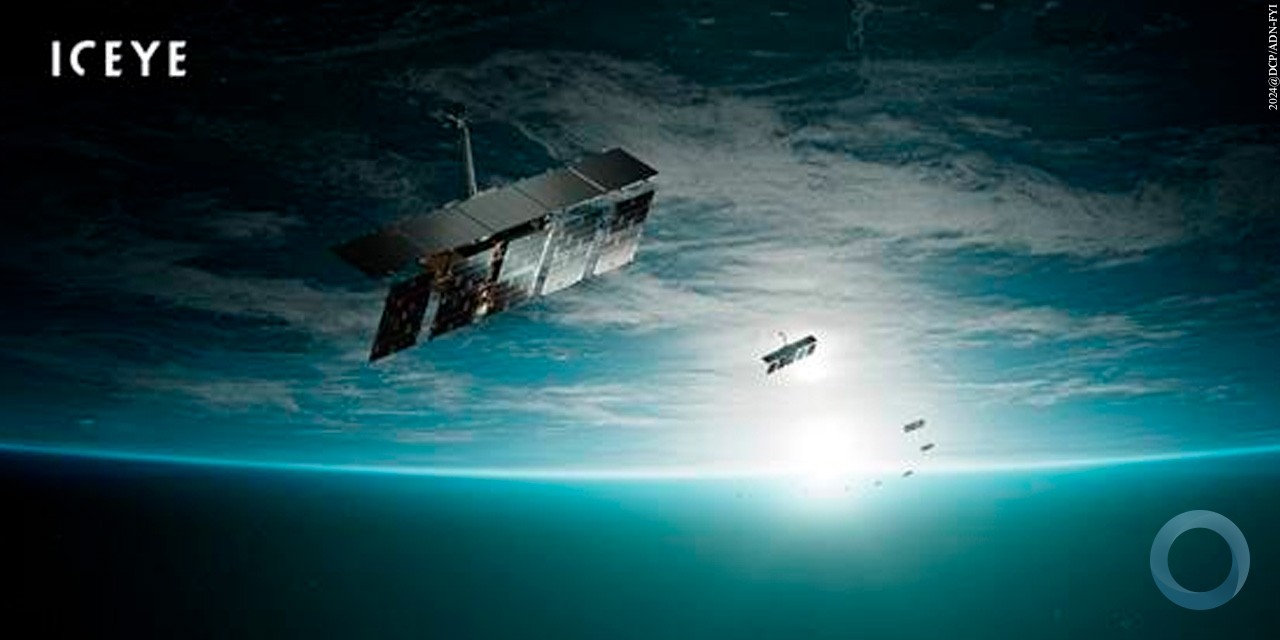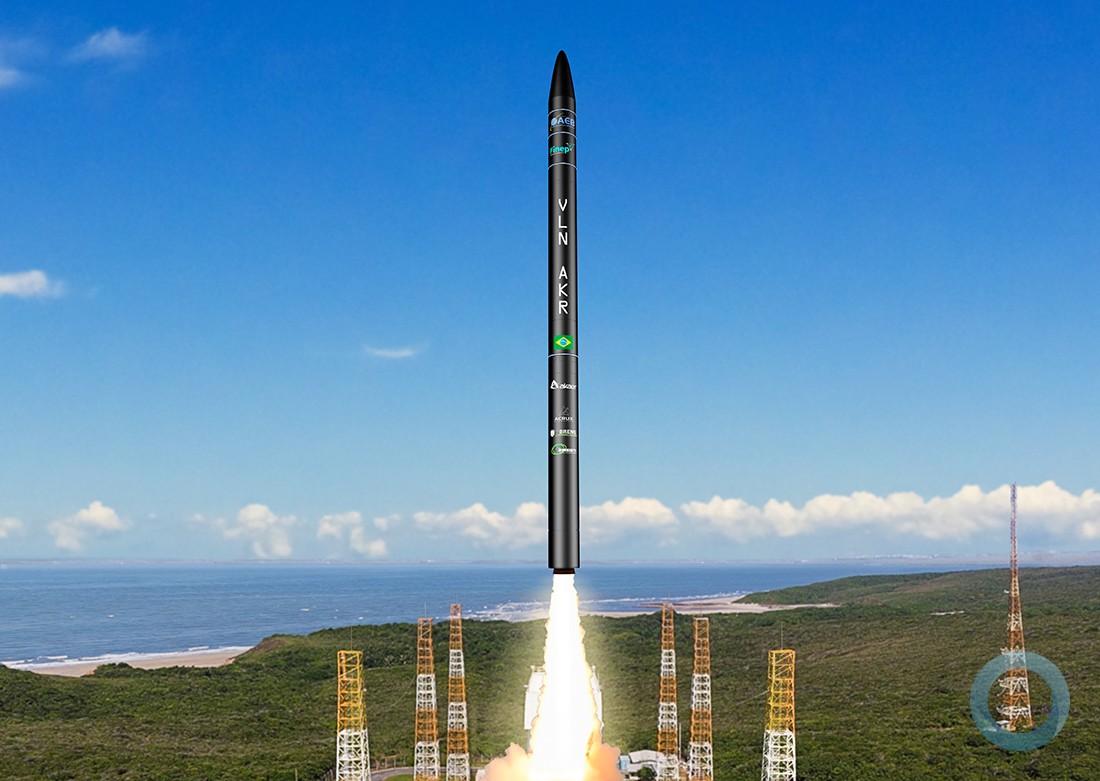Source: CSIS/AMTI
Earlier this month Chinese media reported that Typhoon Melor, which devastated parts of the Philippines from December 12 to 17, also washed away Vietnamese reclamation work underway at Cornwallis South Reef in the disputed Spratly Islands. Those reports were correct, but lacked important context. The attention drawn by the typhoon highlights the significant differences between the scope and type of China’s reclamation work in the Spratly Islands and the much more limited work undertaken by Vietnam, but it also shows that Hanoi did itself no favors by undertaking such work at this feature in particular.
Cornwallis South Reef sits about 350 nautical miles southeast of Vietnam—farther away than most of its other occupied features in the Spratly Islands. It is entirely submerged at high-tide, meaning that it cannot be claimed as territory in the same way that an above-water rock or island can. The only exception to this would be if were within the 12-nautical-mile territorial sea of a rock or island, but the nearest above-water feature is Pearson Reefs 30 nautical miles to the northwest. Instead, Cornwallis is legally a part of the seabed and can only be exploited by the country on whose continental shelf it sits. The same is true of two other nearby submerged features occupied by Vietnam—Alison Reef 6 nautical miles to the northwest and Pigeon Reef 27 nautical miles to the northeast.
Vietnam and Malaysia in 2009 made a joint submission to the UN Commission on the Limits of the Continental Shelf. In that submission, Hanoi claimed that its continental shelf in the Spratlys ends approximately 33 nautical miles northwest of its facilities on Cornwallis South Reef. In other words, Vietnam has recognized that Cornwallis sits on the continental shelf of either the Philippines or Malaysia. Vietnam’s occupation of the features predate its continental shelf submission by more than two decades, so Hanoi could argue that it was not done in bad faith. But in any future settlement, Vietnam would almost certainly be required to vacate these three submerged reefs. In the meantime, any reclamation work—which amounts to a permanent disturbance of another country’s seabed—is in violation of the United Nations Convention of the Law of Sea.
Cornwallis South Reef extends about 5 nautical miles north to south and 2 nautical miles east to west, encompassing a lagoon of roughly 8 square nautical miles. The only natural entrance to the protected lagoon is a shallow channel at the reef’s southern end. This channel is approximately 1,200 feet (360 meters) wide and an estimated 30 feet (9 meters) deep with projecting coral heads that present navigational hazards. Vietnam occupies Cornwallis via pillbox structures on the north and west sides of the reef. Vietnamese forces attempted to expand their footprint on the reef in 2015 by undertaking reclamation work at two other sites, on the southeast and southwest sides of the feature.
Vietnam’s Small-scale Reclamation
Vietnam’s reclamation methods in the Spratly Islands have been less ambitious and sophisticated, but also far less environmentally destructive, than those used by China. The changes made to Cornwallis South Reef are consistent with that trend. Sometime in late 2014 or early 2015, Vietnam dredged two deeper channels on either side of the southern portion of the reef, allowing access to the lagoon by larger ships that could not navigate the shallow natural channel. Each of these channels is roughly 300 feet (90 meters) wide.
Using excavators and other construction equipment, Vietnam then built-up small artificial islands along each of the manmade channels and began construction of facilities. Vietnam does not appear to have dug up any coral except for within these two channels. It has relied on excavators and other construction equipment to move sand little by little across the artificial islands it has created. This has even extended to building sand bridges to move construction equipment across in order to build on both sides of the channels it dredged.
As a result, the only environmental destruction at Cornwallis South Reef appears limited to the two channels dug and the small adjacent area on which sand was piled. This amounts to about 33 acres of destroyed or damaged reef out of approximately 3,320 acres, or just under 1 percent. This contrasts sharply with Chinese reclamation work in the Spratlys, where dozens of large dredging ships have been used to break up wide swaths of coral and pour them on top of the reefs that remain. These Chinese methods have resulted in roughly 3,000 acres of total reclaimed land and the near-total destruction of at least two of its reefs—Fiery Cross and Subi.
By August 2015, Vietnam had reclaimed approximately 4 acres (16,000 square meters) of land on the southeast side of Cornwallis Reef, but only about 2.2 acres (9,000 square meters) remained after Typhoon Melor struck. The outpost in August sported one building, on its southwestern end, and the footprints of several more, while excavators and other equipment were engaged in reclamation. Following the storm, no ongoing work was apparent as of December 31, though the outline of a possible building footprint could be seen.
In August, work on the southwest side of Cornwallis was more advanced than on the other side of the reef, with nearly 9 acres (3,600 square meters) of land reclaimed. A building was visible and excavators and other construction equipment were engaged in ongoing reclamation on both sides of the channel. In addition, a ship and what appeared to be a barge were anchored within the channel. Typhoon Melor wiped away most of this work, but Vietnamese forces quickly returned. Five excavators and some other equipment were back to work by December 31, and 4 acres (16,000 square meters) of reclaimed land was visible.
Vietnam’s existing facility at the north end of Cornwallis South Reef consists of a single three-story pillbox structure measuring approximately 50 feet (15 meters) by 43 feet (13 meters). A shallow man-made channel about 50 feet wide allows access to the outpost from the sea and the lagoon. On the seaward side of the outpost, the channel is flanked by what appear to be concrete pylons, likely to prevent ships from wandering into hazardous shallow areas. The outpost has two docks and the roof sports an antenna and probable solar panels. Typhoon Melor does not appear to have damaged the outpost, though increased sediment is visible all along the reef around it.
Vietnam has a larger preexisting facility on the west side of the reef, consisting of three buildings connected by two bridges. The northernmost building is three stories tall and measures 59 feet (18 meters) by 52 feet (16 meters). It has two docks and an antenna and solar panels on the roof. The other two buildings are of similar dimensions the first and connect to it (but not to each other) by two footbridges. The building to the south has an antenna and two dishes on its roof, while the building to the east has no visible instruments. None of the three structures appears to have been damaged by Typhoon Melor.






























